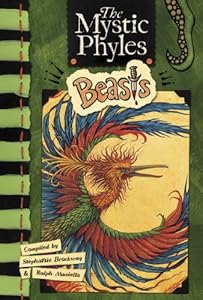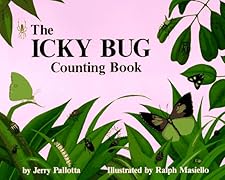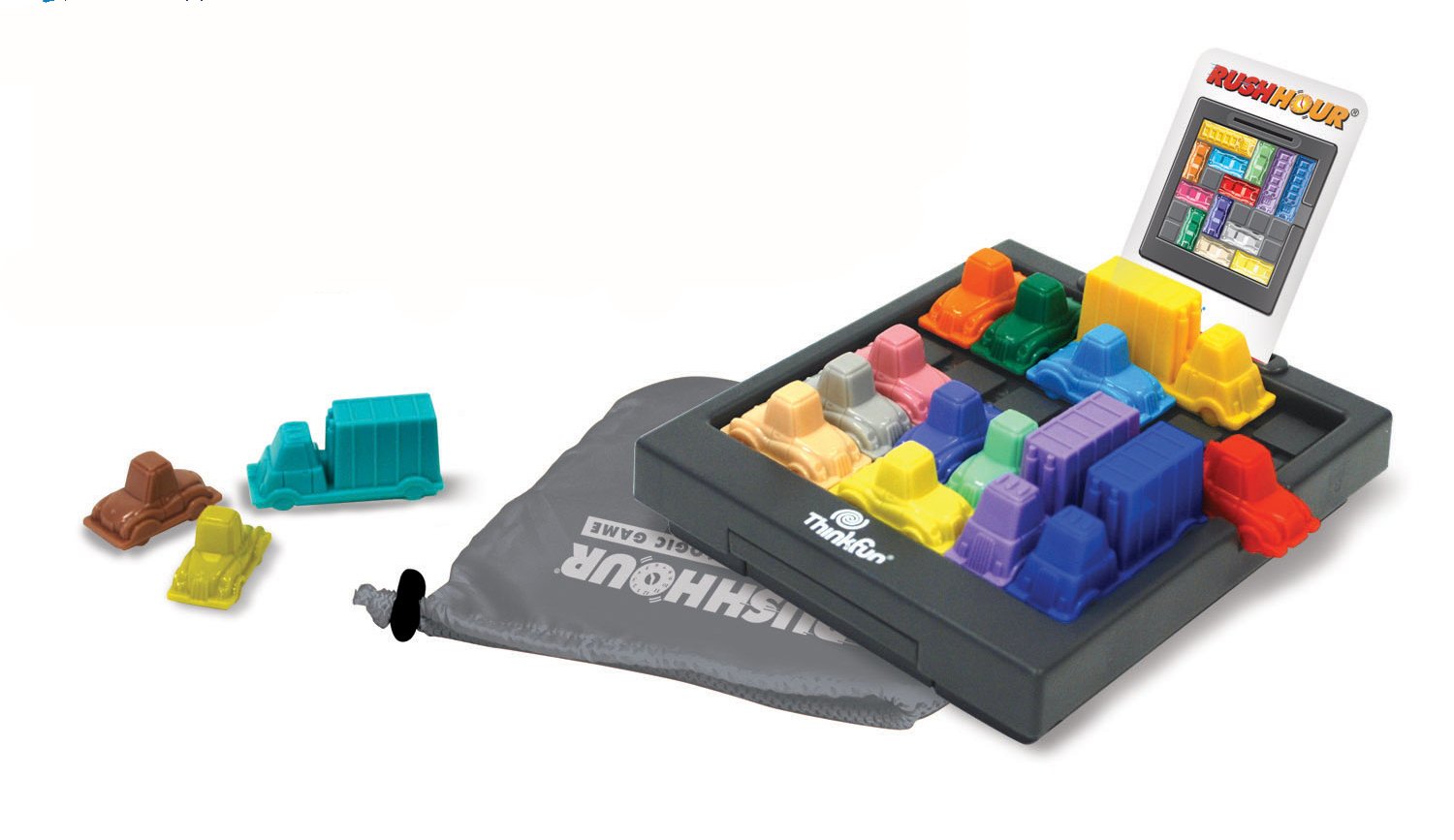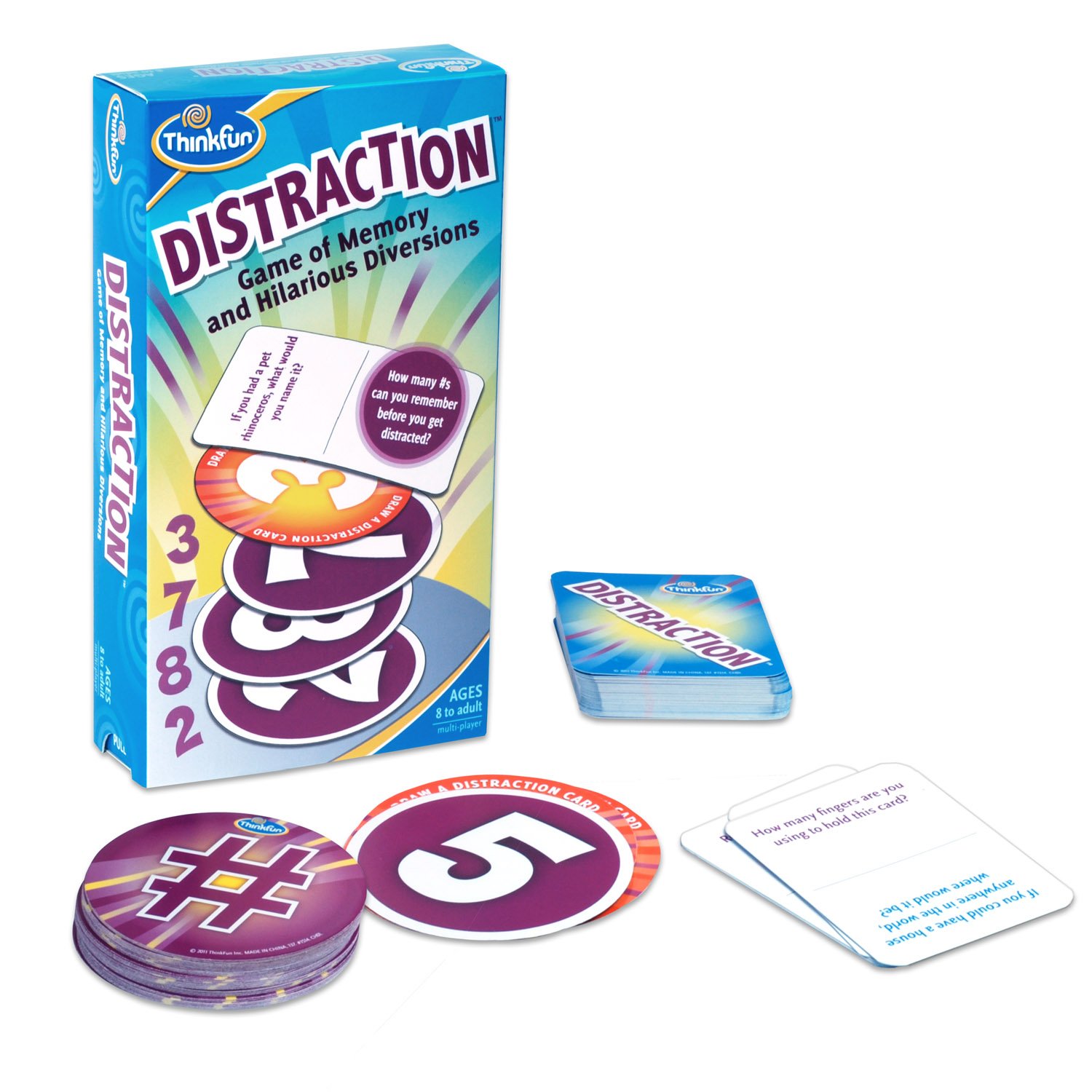We started off by using a template of a comic on paper so that students could map out their panels ahead of time. I checked in with them to be sure that they had the right content (quality and quantity) delivered in a way that made sense for a comic. After a few revisions, the students were ready to create in Pixton.
Many of my students are reluctant drawers, or do not see themselves as artistic. Their faces lit up when I explained that the paper copy was a "rough draft" of sorts, and that they needed to only write the words "polar bear" as a place marker - Pixton would supply the image. Suddenly, the mood in the room changed and the fun began!
Pixton offers a one-month trial to all teachers, for up to 50 students. I contacted them and asked for an extension in time (by a week) and the ability to have trial accounts for 51 students. They replied very quickly and agreed to allow me the exceptions.
I was able to set up my student accounts with their usernames and passwords using an excel spreadsheet. The process went very quickly. You can also have your students use an activation code, which allows them to select their own user information. I like to keep control over these details to ensure privacy and safety, but that may not be necessary with older students. I also like the fact that Pixton for Schools is self-contained and private and need not be shared out with the public. You can determine whether or not you want students to be able to comment on each other's work, and there are other settings that you can set - for example, whether or not images from the internet can be imported.
On to the fun stuff!
The website, found here: Pixton for Schools has many videos that show you how to use the comic generator. It also has an exhaustive help section that can be accessed with one click. And, it's searchable. I found it very helpful to use, and so did many of my students.
Pixton has many stock characters, backgrounds and props (images that can be placed seamlessly in the comic). Students can click on a panel and gain quick access to all of these features. I found the ease with which all students used this product to be impressive.
Character clothing color and style can easily be changed with a click. The panel size and shape as well as border are also easily edited with a few clicks. Don't like a character's size, stance or even position of arms and legs? No worries - click, drag, click... you've made a whole new pose.
Want to change the color of a prop? Click and select on a palette of colors. The possibilities of what you can customize and edit are seemingly endless.
I overheard many students commenting to each other on how much fun this was, and they were all engaged working hard to create amazing work. What they didn't know was that they were not only having fun - they were honing their story grammar skills, exercising their abilities to create meaningful dialogue (even if without quotation marks), planning settings, and working on perspective and visual spatial reasoning while they placed the props and characters. The amount of embedded taught skills are enough to please any teacher!
Here's an example of one of the comics created by a student in my homeroom:
You can sign up for a free, for fun account that allows individual access to many of the characters and backgrounds. If you are a teacher, you can also obtain a one month, free trial, for up to 50 students. Subscription prices for the school year are very reasonably priced. Students can print their comics on completion, share them on the internet, or embed them into a blog, like I've done above.
Pixton, the web 2.0 comic generator. Give it a try! You'll be happy you did.
























